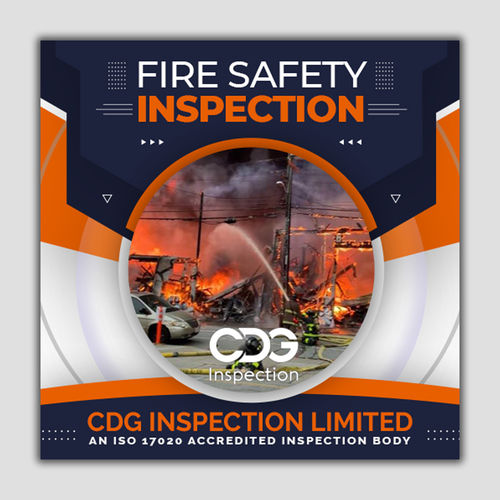Fire safety certification services
Product Details:
Product Description
According to the National Fire Protection Association, over 3,300 office fires occur every year. These office fires cause several deaths, injuries, and millions of dollars in property damages. That is why the awareness is increased in workplace about safety and strongly recommends that the company perform fire safety training annually. Knowing these workplace safety guidelines can save you and your co workers lives. Today, we will focus on four basic fire safety training principles and how they can help you handle any fire hazards that may occur in your workplace. Reduce Fire Hazards in Your Workplace: You may think that this is an obvious fire safety training tip, but the best workplace safety principle is to eliminate an ignition source before any harm is done. For example, plugging too many things into an outlet will increase the chances of a fire as it can cause the circuit to overload.
Here are some other ways to recognize potential fire hazards: Faulty wiring, Using damaged cords, Flammable objects not placed in a secure place, Combustible objects near an ignition source, Be sure to check on a weekly basis these potential fire hazards. If you were to notice any problem, report it immediately to the maintenance department. Keep an Eye on Fire Prone Rooms, Another essential fire training tip is focusing your attention on areas where a fire can easily start. These areas usually have a significant number of appliances or other flammable materials. Here are some of the most common places to look out for: Breakroom or kitchen, Electrical storage room, Server room, Laboratories. If possible, always unplug any appliance you are not using, as these objects may be an ignition source if a spark would occur. Also, keep flammable things away from equipment that produces heat. 3. Keep up to Date the Fire Detection and Suppression System, Sometimes, a fire may break out even if you have followed the previous workplace safety guidelines. That is why having a properly maintained fire detection and suppression system is crucial. For example, check that the fire detectors are functioning and that the fire extinguishers are in working order at least once every two weeks. What can be done? a) Perform monthly inspections to confirm they are ready for use b) Make sure they are not blocked c) Assign employees to check these things d) There are plenty of things that can detect fires, so if you are interested in having extra protection. Mark Emergency Exits, The final fire safety training advice is to make sure that the emergency exits are clear and marked. Be sure to have them well it and that the emergency exit map is visible for the whole office. Also, perform monthly fire drills to ensure everyone knows where to go. The most popular Certificate courses in fire and safety are Certificate in Fire Safety and Hazard Management. Certificate in Industrial Safety Course. Certificate in Safety Management. Certificate in Fireman Training. Certificate in Driver and Pump Operator. Certificate in Fire Safety and Security Management.






